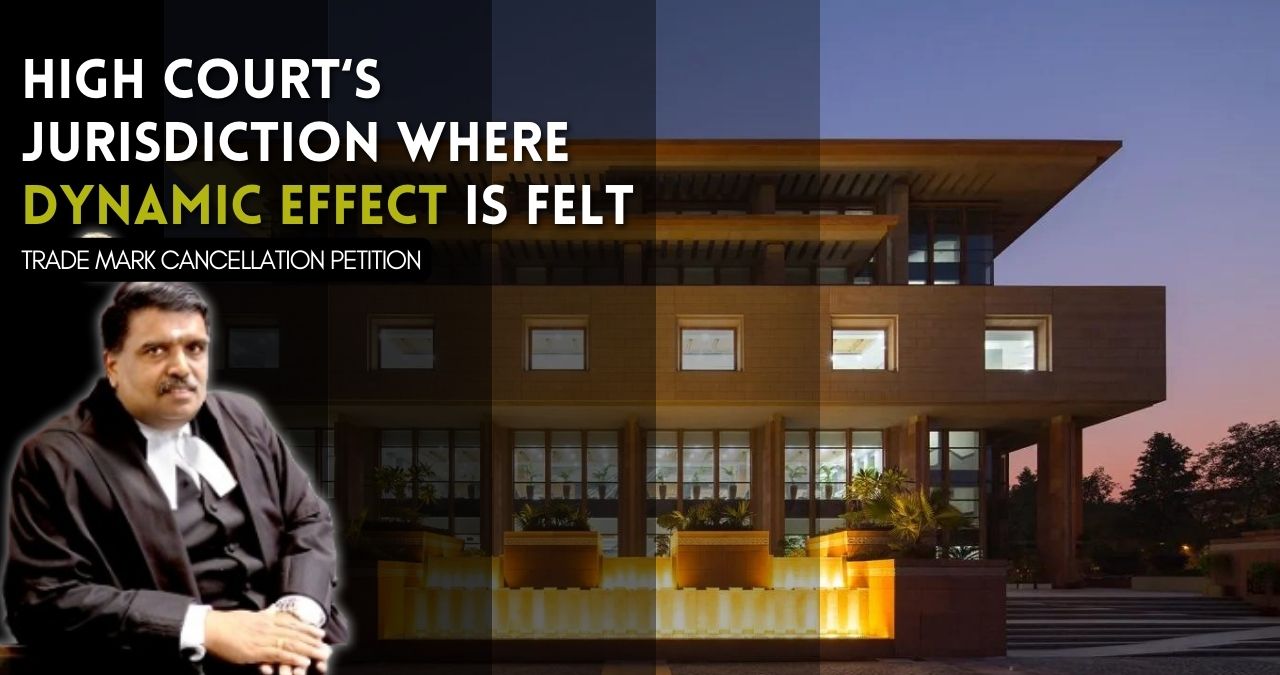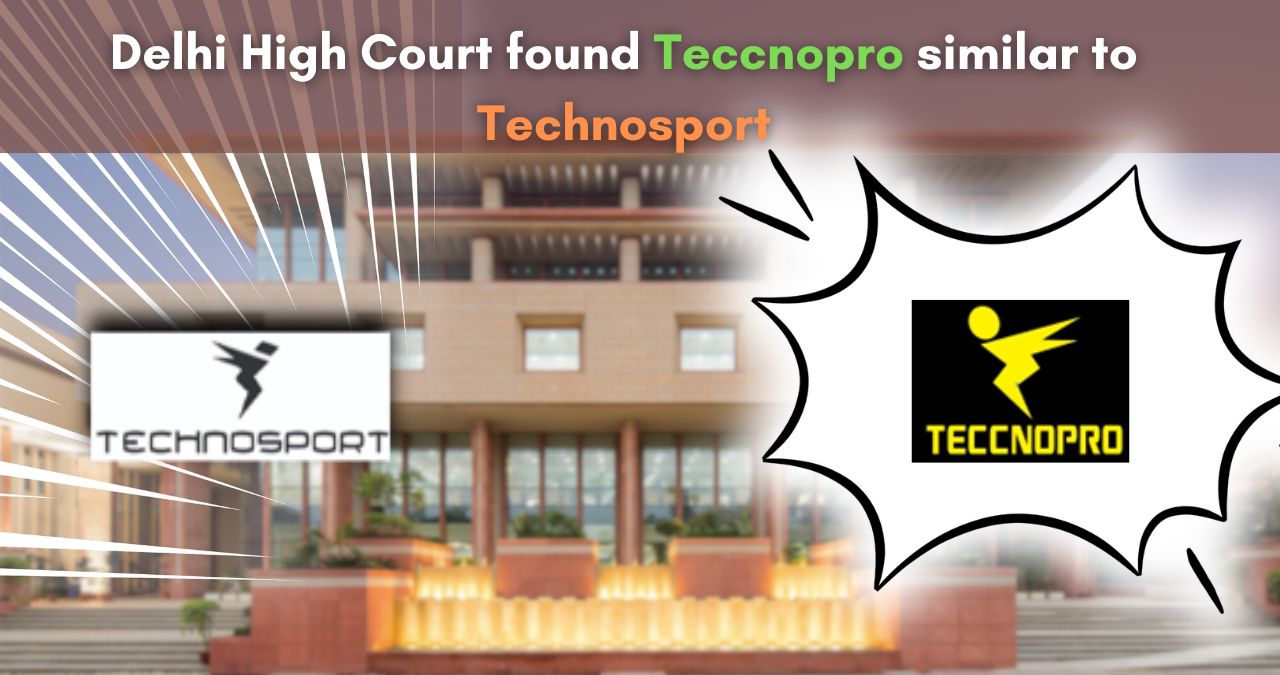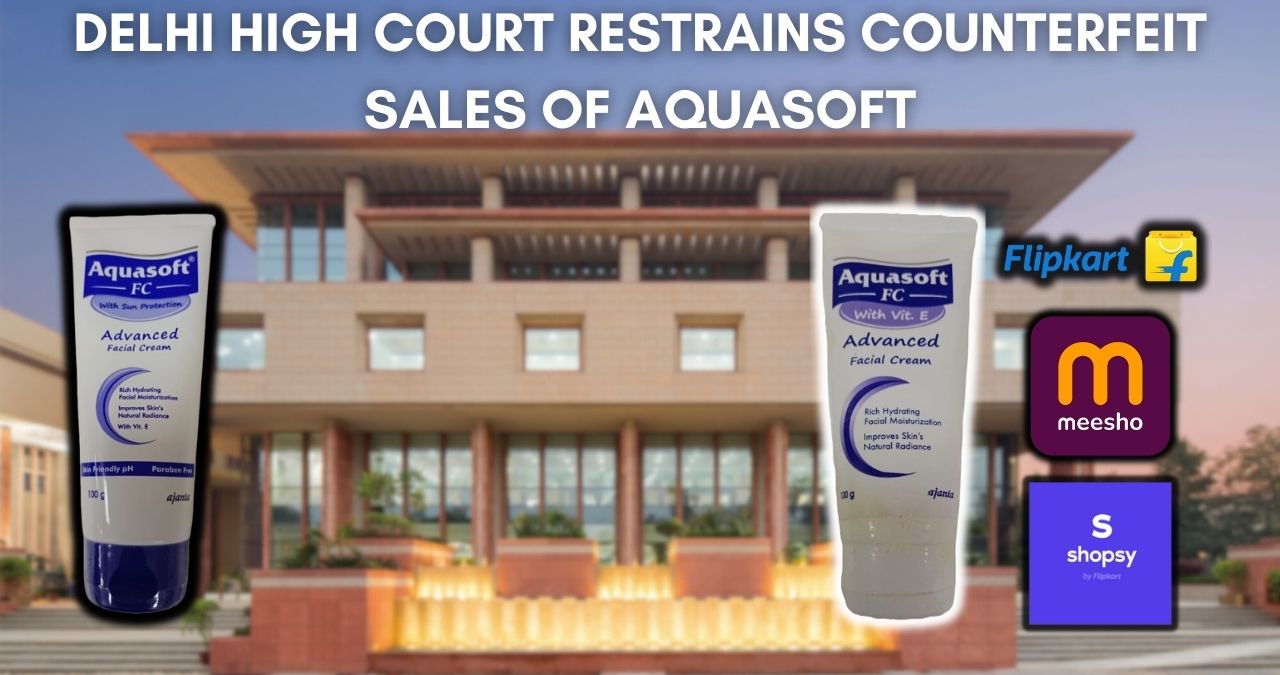CASE TITLE– Dr. Reddys Laboratories Ltd. v. Fast Cure Pharma,
COURT– HIGH COURT OF DELHI AT, NEW DELHI
CORAM: HON’BLE MR. JUSTICE C. HARI SHANKAR
CITATION– 2023 SCC OnLine Del 5409
Counsels for the Petitioner: Mr. Ranjan Narula, Mr. Shashi P. Ojha, Ms. Aishani Singh and Ms. Shivangi Kohli, Advs
Counsels for the Respondent: Mr. Harish Vaidyanathan Shankar, CGSC with Mr. Srish Kumar Mishra, Mr. Alexander Mathai Paikaday and Mr. M. Sriram, Advs. for R-2
COMPETITING MARKS
| Petitoner | Respondent |
| Application no. 1320974, 2336815, 2370917 CLASS : 5 | Application No. 3869298 Class: 5 |
| “RAZO” | “RAZOFAST” |
BRIEF FACTS
The Petitioner in August 2021 came to know about the use of the mark RAZOFAST (Impugned mark) by the Respondent for manufacturing, marketing and selling of their product. Both parties’ marks are used for the antacid pharmaceutical compound ‘Rabeprazole’.
The Petitioner filed a suit for a permanent injunction to stop the Respondent from using the mark, obtained a decree in his favor, and filed a Rectification Petition, seeking the removal of the impugned mark from the register of Trade Mark before the Hon’ble Delhi High Court.
The Counsel for the Petitioner informed the Hon’ble Court that issue of the jurisdiction of Hon’ble Delhi High Court should be considered since, the Trade Mark registry of Calcutta granted the impugned registration and the cancellaiton petition has been filed before the Hon’ble Delhi High Court.
ISSUE
What would be an appropriate High Court before which an application under Section 47 , 57 or 124 of the Trade Marks Act, 1999 (the Act), for rectification of the Register of Trade marks is filed?
PETITIONER:
- The Petitioner sought cancellation of the impugned registration.
RESPONDENT:
- The Respondent contented that the application for rectification would lie either before the office of the Trademark Registry which granted registration to the impugned trade mark or before the High Court having territorial jurisdiction over such office.
- The Respondent submitted that as per section 57(4) of the Act, the word “of its own motion” clearly indicates that a High Court which does not have territorial jurisdiction over the office of the registry which has granted registration to the particular mark CANNOT exercise jurisdiction under the aforesaid Section.
- The Respondent contented that the powers given to the registrar under Section 58(1)(c) can be exercised by the Registrar in the office of Trade Mark registry which granted the Trade Mark in the first place.
Hon’ble’s Court reliance
The attention of Respondent was invited to the Judgement of full bench of Hon’ble Delhi High Court in Girdhari Lal Gupta v. K. Gian Chand & Co. in which the bench decided similar issue in the Design Act, 1911 (the predecessor of the present Designs Act, 2000).
The Full Bench of the Hon’ble High Court was, in that case, concerned with the issue of the appropriate court before which an application for cancellation of a registered design could be made under Section 51(a) of the Designs Act, 1911. The Full Bench took the view that the application could be made either before the High Court having jurisdiction over the office of the Controller of Designs which granted registration to the design or any High Court within whose jurisdiction the “dynamic effect” of the registration could be felt.
ANALYSIS
Section 47 and section 57 of the Trade Marks Act, 1999
Section 47 of the Act empowers the High Court to, on an application by an aggrieved person, take a registered mark off the register of Trade Marks on the ground of non-use. While on the other hand section 57 of the Act empower the High Court or its Registrar to cancel or vary the registration.
The Hon’ble Court observed that had the Act expressly identified a particular High Court being the High Court to be approached under Section 47 or Section 57 – the jurisdiction of all other High Court would stand excluded, but the Act has not done so.
The court used the term est exclusio alterius which means the expression of one thing is the exclusion of other. For that matter the court took reliance on the judgement of Taylor vs Taylor which addresses that if the law requires a thing to be done in a particular manner, it has to be done in that manner alone, or not done at all.
Who is the “Person aggrieved”?
The Hon’ble Court relied on to the Supreme Court ruling of Kabushiki Kaisha Toshiba v. Tosiba Applicances Company, which defined the term “Person Aggrieved”, as:
“I think, notwithstanding what was said in that case, and has been
(2008) 10 SCC 766
said in other cases dealing with trademarks, that an applicant in
order to show that he is a person aggrieved, must show that in
some possible way he may be damaged or injured if the trade mark
is allowed to stand; and by ‘possible’ I mean possible in a practical
sense, and not merely in a fantastic view.”
CONCLUSION
The applications under Section 47 or Section 57 of the Trade Marks Act, 1999, as also under Section 124(1)(ii), would be maintainable not only before the High Courts within whose jurisdiction the offices of the Trade Mark Registry which granted the impugned registrations are situated, but also before the High Courts within whose jurisdiction the dynamic effect of the impugned registration is felt by the petitioner/applicant.
Exception
If the cause of action for an application for cancellation is only the static effect of the registration then it is confined to the place where the registration is made and is continued.
Herein static effect means, that the aggrieved person is not already using the mark, but has apprehension that he cannot use the mark which according to him/her due to erroneous registration.



